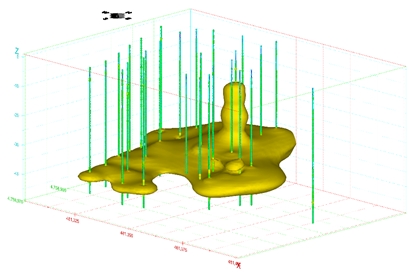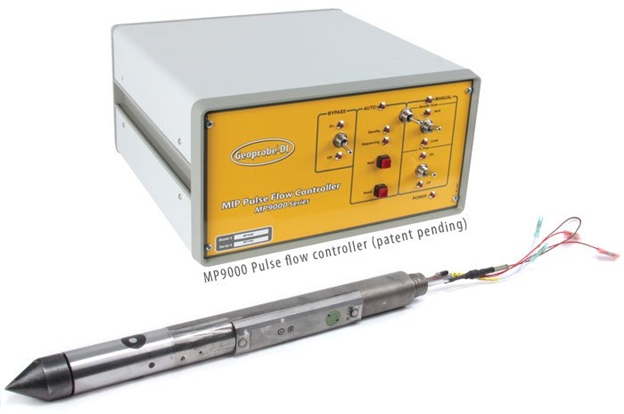New High Resolution Site Characterization Tool
Detect VOCs In-Situ at Levels up to 20x Lower Than Previously Possible
We’re very excited to announce that the Low Level MIP is now available in Canada! Since 2010, environmental professionals have benefited from using the Membrane Interface Probe (MIP) to enhance characterization and visualization of their sites. The tool has been excellent at horizontally and vertically defining source zones and highly concentrated fingers of a plume.

But now, MIP tool is even better! The Low Level MIP (LL MIP) uses an enhanced process to detect VOCs at concentrations up to 20x lower than the standard MIP, down to the 10 to 20 ppb range. This allows for significantly improved refinement of plume definition.
Previously, using the standard MIP, detection limits were possible down to 200 ppb. This concentration was suitable for most portions of a plume, however, it was limited in its ability to define the plume’s full extents. The LL MIP can achieve detection limits necessary for almost all soil and most groundwater regulatory Standards. For example, the Ontario Table 3 Standard for benzene of 44 ug/L is achievable! And depending on Site conditions, the low cVOC standards for tight soils for the solvents tetrachloroethene (PCE) and trichloroethene (TCE) of 17 ug/L may also be detectable using the LL MIP.
This enhanced High-Resolution Site Characterization tool is now standard; Vertex will have the LL MIP available at all MIP jobs, at no extra charge. Switching between Standard and Low Level methods is done on the fly (within minutes). The operation is similar to traditional MIP, but a slightly different process is employed – a pulsing rather than continuous flow.

A main benefit of using both the standard and LL MIP is the real-time collection of reams of data to efficiently define a plume, on the spot, without the need for repeat mobilizations to your site. The data are often then rendered into a 3D model for insightful visualization. This improves understanding of contaminant distribution in the subsurface, provides a visual presentation to your client, and enables effective remedial planning.
Stay ahead of your competition! Call Vertex today to request more information or a quotation for your project.

